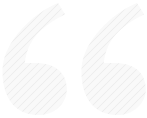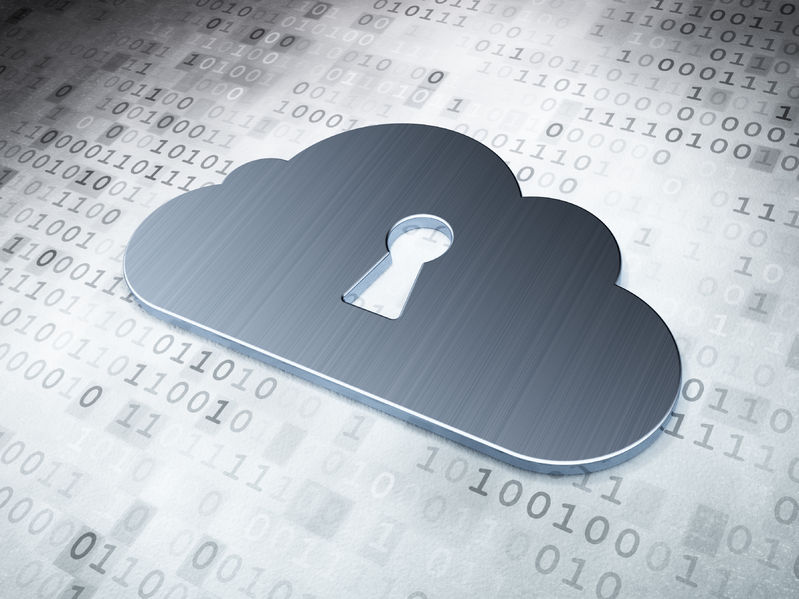In my career, I have experienced and worked through many crises dating back to the 70’s. I must say I learned a lot about myself, the companies I worked with and have served in a consulting capacity.
As a young man, panic set in when I could not buy gas for the car and get to school in the 70’s energy crisis, but I figured out a way to get to school. No need to take you through the other life-changing events especially coming out of school with little prospects given the state of the economy, high inflation, S&L Bank closures, etc.
Think back yourselves, and I’ll bet that when you faced adversity you somehow figured it out, or maybe you looked for and received support from others. Well, here we are again with a significant crisis in front of us, but this too will pass. Reflecting on the experience and thinking about business post-COVID-19, I wonder, what can we learn from it?
Day 1 of the New Normal
As a more seasoned professional now, I’d like to share some ideas as we get ready to return to work – Day 1 of the new normal.
I believe that disruption brings opportunity if we choose to see it. I see a few things, but top on my list is to “Rethink How Work Gets Done”.
With changes still evolving and fresh in your mind, let’s complete a S.W.O.T. “Strengths, Weaknesses, Opportunities and Threats” Analysis in 30 minutes. Keep your notes brief and if you’ve previously completed this type of analysis in the past, you may consider using the analysis as a starting point that can be expanded with more thought later.
What did you learn about yourself, your company, your employees, your operating environment (i.e. people you rely upon to survive), your competitors, your brand, your mission, your purpose, and any other relevant fact? How will this play into your business post-COVID-19?
Once you have listed your S.W.O.T. entries, I suspect you will be able to relate these entries into the following categories:
- People
- Process
- Technology
- Data / Information
Perhaps you have listed as a strength and an opportunity (i.e. it is okay to have entries listed in multiple quadrants) that your people are already accustomed to working remotely, however, they rely on email exchanges with file attachments and see collaboration improvements as an opportunity to improve efficiency and effectiveness.
Some companies were better prepared to operate with a remote workforce while other companies were still uncertain and skeptical that it can work. I would say it depends on your facts and circumstances but invariably, this crisis will accelerate the remote workforce capabilities. I found this article to be helpful.
The future of remote work-
When it’s done right, telework can improve employee productivity, creativity and morale, psychologists’ research finds.
By Zara Greenbaum October 1, 2019
Vol. 50, No. 9
A shift toward adoption will likely increase for many reasons. Quite frankly, your people “talent” will expect it in addition to your customers, suppliers, vendors, and any other party you rely upon to run your business. Could a weakness ever become a threat? Yes, it can! Especially if your competition is more appealing to talent, who are Rethinking How Work Can Be Done, and ultimately takes away market share from your company.
Did anyone list increase revenue through a sales channel that suddenly exploded because of social distancing as an opportunity? I’m describing e-Commerce and can see it being categorized as process and technology. The Opportunity may be a change to your current business model as the world moves to a “contactless” environment. So, you have a website, and I suspect it could be optimized overall, especially if you desire more automation between your customer-facing applications (CRM – Sales and Marketing, fulfillment communications, etc.) and your back-office applications (Warehouse/fulfillment center, accounting and reporting).
contact a member of Withum’s professional team.
Did anyone list as a Threat their inability to effectively work with all parties (i.e. employees, customers, suppliers, vendors, etc.) because you have multiple disconnected applications that force employees to rely upon Excel Worksheets to perform analysis that may reside on an employee’s computer or not readily posted to a shared folder? A modern business platform will provide a framework for easy data access, data transparency, real-time results, one place to get answers to questions, automation/workflow and a place to collaborate. The modern applications framework will directly impact your processes and it is important to consider technology as an enabler and not a sunk cost as you make changes to your organization.
Modern software first starts with cloud technology and the operating model that continues to exist today after the introduction 20 plus years ago, which continues to mature and offer benefits. I personally like the model for its cost efficiencies, speed of deployment and reduced technology footprint (i.e. hardware infrastructure). The amounts of money cloud software companies spend on cybersecurity eclipses most individual companies’ spending and, more importantly, a companies’ opportunity to innovate.
Did anyone see a Weakness in their supply chain communications with suppliers and vendors (i.e. third-party contractors) impacting expected production targets that directly impact your ability to deliver on your customer commitments? It appears to me from what I read via manufacturing industry rags that technology changes are forthcoming. The inference is connected to data reliability and turning this data into actionable information, reducing the manual hand-offs in the process, 19th-century data exchanges via email and faxing, and very little collaboration. The good news is that these challenges are solvable. Modern ERP Software built on a uniform platform offer supplier/vendor portals, Electronic Data Interchange “EDI” record standard processing along with container management capability for tracking.
Did anyone record a Strength around key differentiation in processing and communicating? How about enhancing the strength even more? Modern solutions can incorporate BOTs (i.e. agents that communicate autonomously), especially with repeatable and sustainable processes. Modern solutions can incorporate Artificial Intelligence to digest patterns of data and relate to decision-makers.
Where did customer interaction and retention fall in your SWOT analysis? Will your business thrive once you know more about your customer’s buying behaviors and how they feel about your products and services? Can your sales and marketing software convert a request from a marketing campaign into a customer quote, communicate with customers through workflow, and formalize into a sales order? Can your customer care team collect information in a Case Management solution then use the data for perhaps warranty reimbursement or stem off other customer issues before they occur? Modern solutions can provide the tools to help you drive customer acquisition and retention.
Once you have your SWOT Analysis completed, the next step is to step back and possibly connect like entries and digest what is possible. We call this the “Art of the Possible” exercise, which leads to a roadmap of possibilities, a tactical plan that lays out in 30/60/90 days, and greater actionable work plan. We want to avoid “boiling the ocean” and must stay focused on short term wins / benefits to fuel the long-term investments.
If you believe returning to work with a “Business as Usual” philosophy, you’re missing a vital opportunity to “Rethink How Work Gets Done” going forward. Need help assessing where to go from here? Reach out to us.




